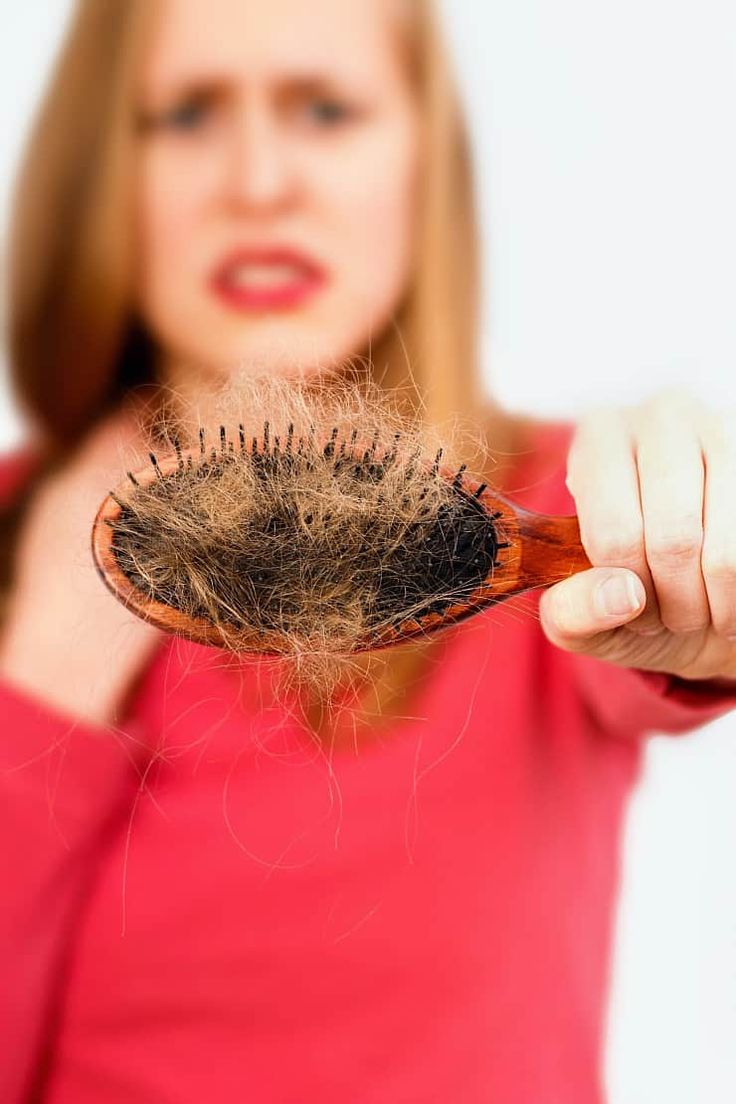Discover how modern hair loss treatments restore confidence and promote healthy growth
Hair loss is a condition that affects millions of men and women worldwide, often causing emotional stress and reduced confidence. However, modern approaches to managing hair loss go far beyond topical products. Today, treatment combines medical advancements, lifestyle improvements, and even nutritional guidance to target the root causes of thinning hair. By understanding how each method works—from dietary balance and stress management to advanced hair restoration procedures—individuals can make informed decisions about their hair health. This article explores the science, process, and benefits behind comprehensive hair loss treatment approaches.

1. Understanding Hair Loss and Its Common Causes
Hair loss, also known as alopecia, can occur due to a combination of genetic, hormonal, nutritional, and lifestyle factors. The most common type is androgenetic alopecia, which affects both men and women. Stress, poor diet, medical conditions, and certain medications can also trigger excessive shedding or thinning. Understanding the cause is the first step toward effective treatment. Modern diagnostic tools, such as scalp analysis and blood testing, help doctors identify hormonal imbalances or nutrient deficiencies that may contribute to hair loss.
2. The Role of Nutrition and Dietary Therapy
A balanced diet plays a crucial role in maintaining healthy hair. Nutrients like biotin, zinc, iron, and omega-3 fatty acids are essential for strong follicles and steady growth. Deficiencies in these nutrients can lead to hair thinning or brittleness.
Dietary therapy focuses on including foods that nourish the scalp and support hair regeneration. Examples include leafy greens rich in iron, nuts and seeds that supply healthy fats, and proteins such as fish, eggs, and legumes.
Additionally, certain vitamins like vitamin D and B-complex support cellular metabolism, which is vital for follicle strength. Nutritionists may recommend dietary adjustments or supplements to restore internal balance, helping the body naturally strengthen hair growth.
3. Stress Management and Lifestyle Adjustments
Chronic stress can disrupt the hair growth cycle by triggering hormonal fluctuations. Stress-related hair loss, known as telogen effluvium, causes a large number of hairs to enter the resting phase simultaneously. Incorporating relaxation techniques such as meditation, regular exercise, and sufficient sleep helps maintain hormonal balance.
Avoiding harsh chemical treatments, heat styling, and tight hairstyles also reduces damage to hair follicles. Lifestyle changes that prioritize rest, hydration, and scalp care are often part of comprehensive hair recovery programs.
4. Topical and Non-Invasive Treatments
For individuals experiencing mild to moderate hair loss, non-surgical treatments are often the first option. These include:
-
Minoxidil-based solutions: Stimulate hair follicles and extend the growth phase.
-
Low-level laser therapy (LLLT): Uses red light to enhance blood flow to the scalp and strengthen follicles.
-
Platelet-rich plasma (PRP) therapy: Involves injecting a concentration of a patient’s own platelets to encourage follicle regeneration.
Each of these treatments aims to reactivate dormant follicles and improve overall scalp health. Dermatologists typically evaluate the condition of the scalp and customize a treatment plan based on individual needs.
5. Medical and Surgical Hair Restoration (Hair Transplantation)
For advanced hair loss, surgical intervention such as hair transplantation can provide long-term results. There are two main techniques:
-
FUT (Follicular Unit Transplantation): A strip of scalp is removed, and follicles are implanted into thinning areas.
-
FUE (Follicular Unit Extraction): Individual follicles are extracted and transplanted, leaving minimal scarring.
These procedures are performed under local anesthesia and require precise planning to ensure natural-looking results. The recovery process usually takes a few weeks, during which new hair begins to grow gradually. The goal is not only cosmetic improvement but also restoring self-confidence and quality of life.
6. The Science Behind Hair Growth Stimulation
Hair follicles follow a natural growth cycle with three phases: anagen (growth), catagen (transition), and telogen (rest). Effective treatment strategies focus on prolonging the anagen phase and minimizing follicular shrinkage.
Modern therapies combine pharmacological agents with regenerative medicine to enhance cell activity in the follicle. Stem cell-based research is also advancing rapidly, showing potential in regenerating damaged follicular tissues and improving long-term hair density.
7. Psychological and Emotional Benefits of Treatment
Hair loss can affect self-esteem, leading to social withdrawal and anxiety in some individuals. Understanding that hair loss is a common, manageable condition can reduce emotional distress.
Patients who undergo treatment—whether through nutritional changes, topical therapy, or transplantation—often report improved confidence and a stronger sense of control over their appearance. Addressing hair loss can also encourage healthier routines and self-care practices, contributing to overall well-being.
8. Importance of Professional Diagnosis and Personalized Care
Since the causes of hair loss vary widely, consulting qualified professionals is essential for accurate diagnosis. Trichologists and dermatologists use advanced imaging tools to assess scalp condition and follicle density.
Personalized treatment plans consider factors like age, health condition, and hair type. Combining multiple approaches—such as nutritional therapy, stress reduction, and medical treatment—often yields the best results.
9. Preventive Measures and Long-Term Maintenance
Even after successful treatment, maintaining scalp health is crucial. Regular cleansing, scalp massages, and proper nutrition can sustain hair growth.
Avoiding habits that stress the scalp—such as overuse of styling products or wearing tight headwear—also helps preserve follicular health. Preventive care is an ongoing commitment to overall wellness rather than a one-time solution.
10. The Future of Hair Loss Treatment
The field of trichology continues to evolve with innovations in regenerative medicine and biotechnology. Emerging solutions such as growth factor therapy, nanotechnology-based delivery systems, and AI-assisted scalp diagnostics promise more effective and personalized care in the future.
Understanding these developments empowers individuals to make informed decisions about their hair health and appreciate the science driving modern treatment options.
Conclusion
Hair loss treatment is a multifaceted process that integrates nutrition, lifestyle, and medical science. By combining preventive care with modern clinical techniques, individuals can support long-term scalp health and improve their overall confidence.







